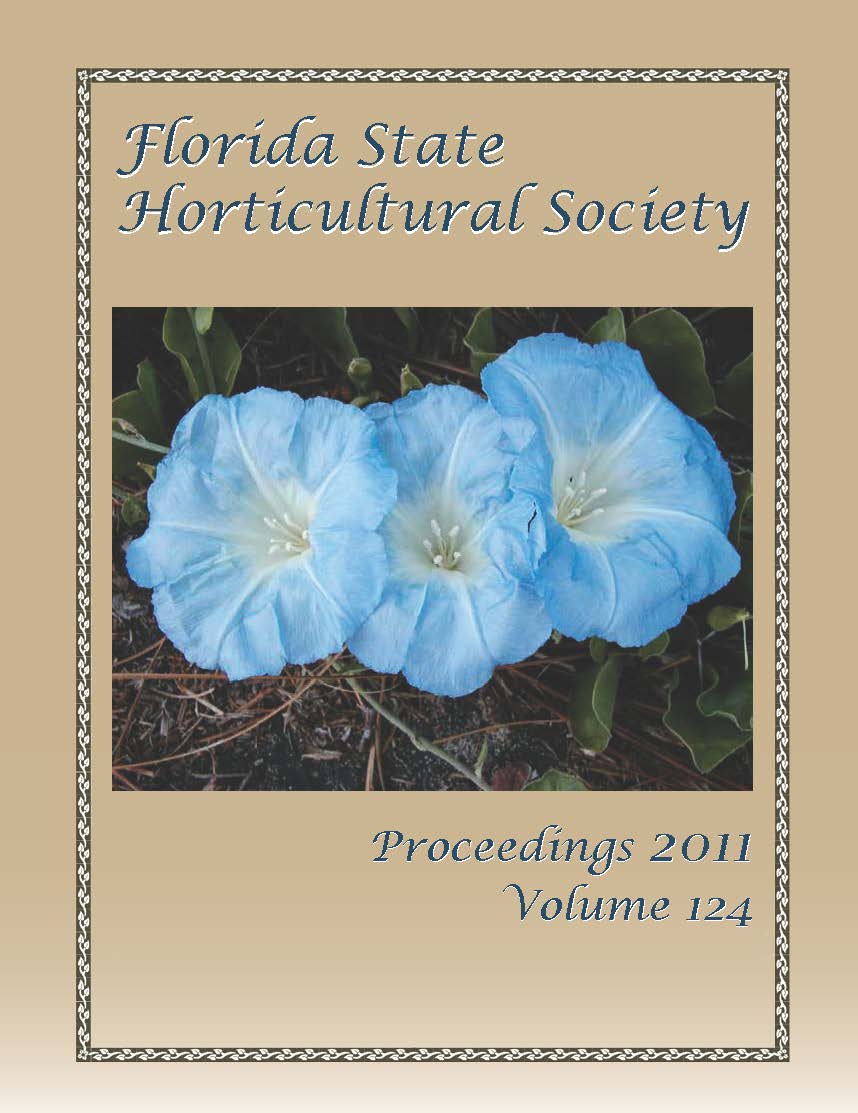Abstract
Weevils can be common problems in the landscape and in production of ornamental plants. Some of the most common weevils include palm weevil, various root weevils, silky cane weevil, leaf-rolling weevil, Mexican bromeliad weevil, Eurhinus magnificus, and the Sri Lanka weevil. Damage is commonly caused by feeding from adults that is often exhibited as leaf notching. The larvae are also sometimes considered pests as root feeders. The level of damage is dependent on the type of weevil and host plant. Two of the most devastating weevils in the landscape are the palm weevil and the Sri Lanka weevil. Palm weevil (Rhynchophorus cruentatus) is the largest weevil in North America and is native to Florida. The most common palms this weevil attacks include the cabbage palmetto, canary island date palm, washingtonia species, royal palms, and others. Symptoms vary but generally include decline of younger leaves and destruction of the crown. A similar weevil, the red palm weevil (Rhynchophorus ferrugineus), which is considered a global dilemma, had never been reported in North America, until late 2010 when it was detected in southern California. The Sri Lanka weevil (Myllocerus undatus) was first found in Florida in 2000 but has been a growing landscape problem. The adults are small, white, and black and feed on the foliage of numerous ornamental and fruit plants. High populations of the adults can cause severe damage to leaves. The larvae are root feeders but the level of damage is unknown.

